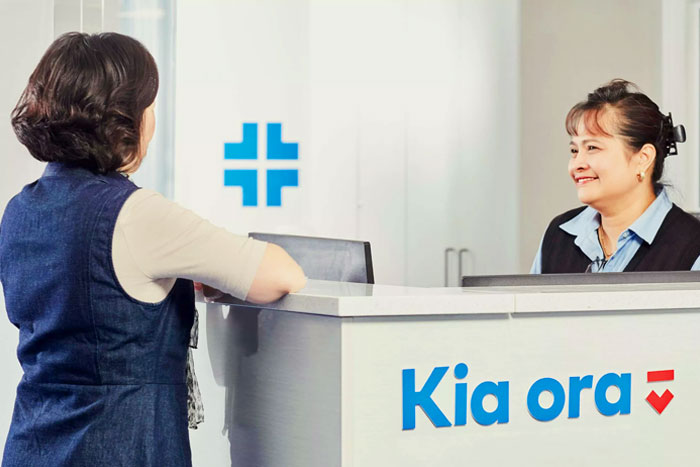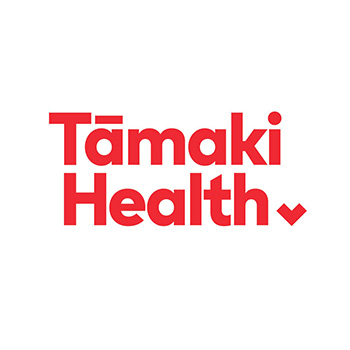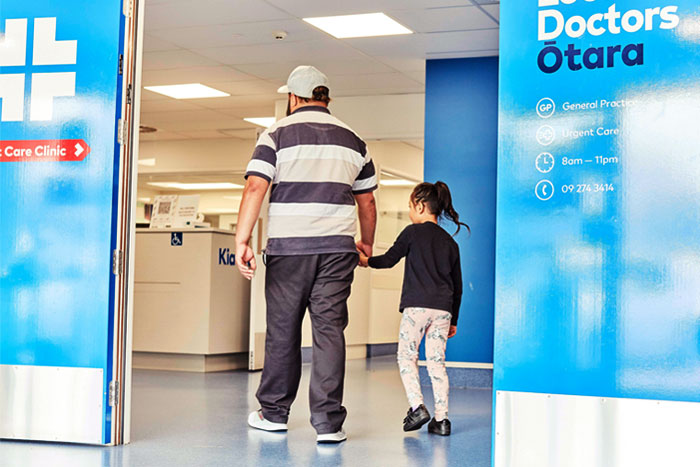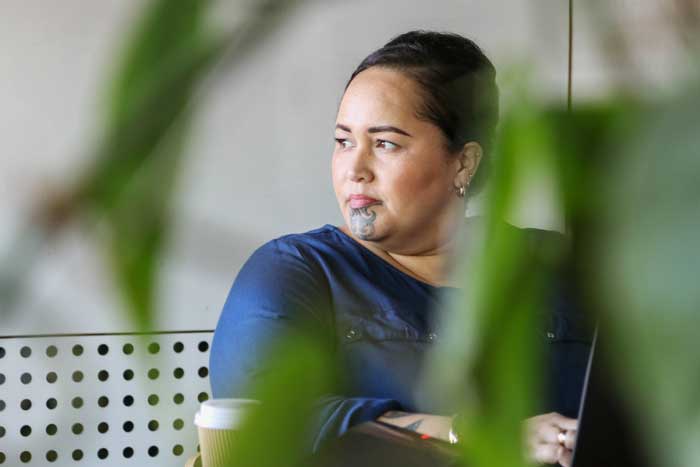Changing a culture of non-reporting
Tāmaki Health

Industry
Healthcare
Use Cases
Team Culture & Performance
Incident Management
Reporting Performance
How Tāmaki Health gained full visibility of its workplace safety issues and risks


“It really turns safety into a business discipline and puts it in a language that people understand, so we have the ability to measure improvement and ROI.”
Pamela Mitchell, Audit, Assurance, Risk and Health and Safety Manager at Tāmaki Health
The Challenge
New Zealand’s largest privately owned primary healthcare group, Tāmaki Health, is responsible for the health and safety of thousands of New Zealanders, and more than 1,200 staff.
Problems remained unseen and unresolved
Tāmaki Health had their clinical safety sorted, but not their workplace health and safety. Their previous system wasn’t tailored to non-clinical complaints and provided no visibility of what was happening at the clinical level. Property maintenance issues, for example, didn’t fit into any of the dropdown options, records were tied to patients, only numbers of incidents were recorded which wasn’t enough to ensure they were meeting their health and safety obligations, and the most common selection by those reporting was ‘other’, which was of no value. When people did record something, there was no awareness or oversight of incidents raised to the right stakeholders as here was no system to direct information to the right sources. This was compounded by the difficulty of recording incidents, which created a culture of non-reporting.


The Result
The whole process, from design to implementation happened extremely quickly. The first of Tāmaki Health’s five regions went live in October 2022. All are now on the platform. Key outcomes include:
Greater visibility
Now Pamela can look in the performance portal anytime and see what has been reported. She can see immediately when issues haven’t been resolved, escalate them and, with the ability to compare metrics across the business, it’s very quick to identify when clinics aren’t reporting issues.
Improved incident management and resolution
Pamela can now assign a task to people in each clinic with a due date, meaning it’s really clear not only who is responsible for addressing issues, but she can see how long incidents are taking to resolve.
Improved team culture and performance
Pamela says people love using Safe365 because it’s so easy to use. “It’s super fast. You just get an invitation to use the app, and you’re on. And it forces people not just to flag issues, but to think about what they are going to do next, because they can see where the responsibility sits. It’s certainly created an appetite for change. All the regional managers are excited and want to be a part of it.”
Impact Made
No more ‘other’ reporting
To tailor Tāmaki Health’s for its specific needs, the six most common complaints from the World Health Organisation’s list of non-clinical issues were mapped across to the Safe365 platform. These were things like waiting times, invoicing issues and customer service.
Staff friendly tools to simplify record submission
QR codes were created for each of the complaint types so workers could simply scan the appropriate code for any complaint on their phone, then populate the details from their phone or desktop with uploaded evidence of the complaint. Now each record is tied to the clinic rather than individual patients.
Beyond compliance – strategic insight and analysis
Safe365 enables Tāmaki Health to drill down into incidents, from reading individual incident reports to spotting patterns by incident, type, region or clinic, allowing them to see where trends are occurring that might require a new strategy.
“It’s amazing. I can look in the performance portal anytime and see what’s been reported. I can also see immediately when issues haven’t been resolved and escalate them,” Pamela says.


“And the people using it love it because it’s so easy to use. It’s super-fast. You just get an invitation to use the app, and you’re on. And it forces people not just to flag issues, but to think about what they’re going to do next, because they can see where the responsibility sits. It’s certainly created an appetite for change. All the regional managers are excited and want to be a part of it.”
Pamela Mitchell, Audit, Assurance, Risk and Health and Safety Manager at Tāmaki Health
What’s next?
Tamaki Health is now leveraging Safe365’s Power BI reporting capabilities to provide the Board and Management teams with insights from across the regions. Safe365’s ability to aggregate data and provide insights on the health and safety culture and performance of the business in real time. That allows executives to make decisions on where to invest their time, money and energy on the right safety interventions for continuous improvement in safety performance.
The new Contractor Connect module will enable contractors to log into the system and provide relevant health and safety documentation. And in the future Pamela would love to see Safe365 used for clinical reporting as well.
Complete your own health and safety assessment and get your Safety Index Score with a free trial here.


